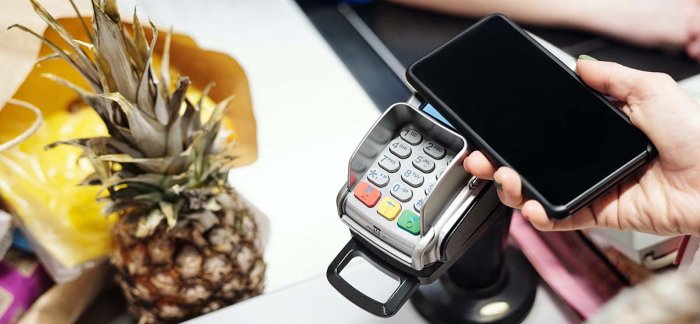

At the beginning of year 2010, mobile money launches have multiplied, driven by the success of M-Pesa in Kenya. Mobile Money has thus gained ground in Africa and became the main vehicle of financial inclusion.
The first mobile money services are closed loop systems that don’t allow users to circulate funds outside the system of the operator they have chosen. But as people turn to those solutions, the question of interoperability arises. Mobile money interoperability, and more generally digital financial services, are therefore not a recent topic.
First initiatives driven by mobile money and limited to few players
The first interoperability projects are the fruit of initiatives launched by mobile money solutions providers that “drive” the market. Governments don’t directly participate in those initiatives but are at best observers.
There are two main models:
- The wallet-to-wallet interoperability model: It is comprised of the interconnection between 2 mobile money providers (MMPs). According to our study[1], in 2020, around 14% of sub-Saharan Africa, including Mauritania and South Africa, boasted at least one similar initiative, such as an initiative by Airtel, Tigo and Zantel in Tanzania, in 2014, or an initiative by Airtel, Orange and Telma in Madagascar in 2016.
- The bank-to-wallet interoperability model: It is about the interconnection between a banking player and a MMP. According to our study, around 86% of countries in sub-Saharan Africa have launched at least one similar initiative. For example, in Kenye, an interconnection was launched between M-Pesa and Equity Bank in 2019, and in Mali, a similar initiative was launched by Orange and Ecobank in 2015.
In the wallet-to-wallet or bank-to-wallet models, participants are bilaterally connected. Each participant integrates his/her mobile money solution with other participants. In other words, each participant hosts on his/her own mobile money platform the components of interoperability.
This model has many advantages:
- MMPs have an increased control over the interoperability device,
- Investment in CAPEX is reduced,
- Market entry is relatively fast.
On the other hand, integration efforts are multiplied given the arrival of a new entrant, each participant has to individually interconnect with the new player. In addition, the bilateral model assumes that each participant monitors, operates, manages security and maintains the interoperability components that it hosts on its platform, thus multiplying the related costs.
Enlarging the ecosystem of interoperable players to banking players under the impetus of regulators
We noticed recently a growing involvement of regulators in interoperability matters. They play the role of the legislator as well as the conductor, which gives the suggested models a more global scope. The objective is to bring together all the players in financial services and digital financial services (DFS).
In this context, the hub model meets those expectations the most:
In this hub model, participants are all connected to a central platform. One connection is required to be part of the interoperability system. The central platform hosts the components of the interoperability system.
We can outline several examples built according to this model:
- The JoMoPay model in Jordan in 2016: banks, MMPs, fintechs, PSP
- The GH-Link model in Ghana in 2018: banks and MMPs
- The R-Switch model in Rwanda in 2019: banks and MMPs
- The M-wallet model in Morocco in 2020: banks, MMPS, PSP
Several advantages emerge from this model:
- One connection is required,
- Maintenance and monitoring costs are shared by players.
- Each player integrates the central hub only once. The entry of a new participant doesn’t involve additional efforts to be deployed by the existing players.
Disadvantages mirror the advantages of the bilateral model:
- Investment in CAPEX is significant.
- Entry to market is longer.
- MMPs have less control over the interoperability device.
An inevitable evolution towards the hub model ?
Interoperability hubs are expected to play an increasingly important role in the financial systems of the countries where they are set up. As hubs gain importance, regulators are aligning compliance principles with those of banking standards. MMPs must therefore prepare for these new requirements.
To learn more about governance issues, you can read our article.
[1] Sofrecom-GSMA analysis: https://www.gsma.com/mobilefordevelopment/resources/tracking-the-journey-towards-mobile-money-interoperability-emerging-evidence-from-six-markets-tanzania-pakistan-madagascar-ghana-jordan-and-uganda/





